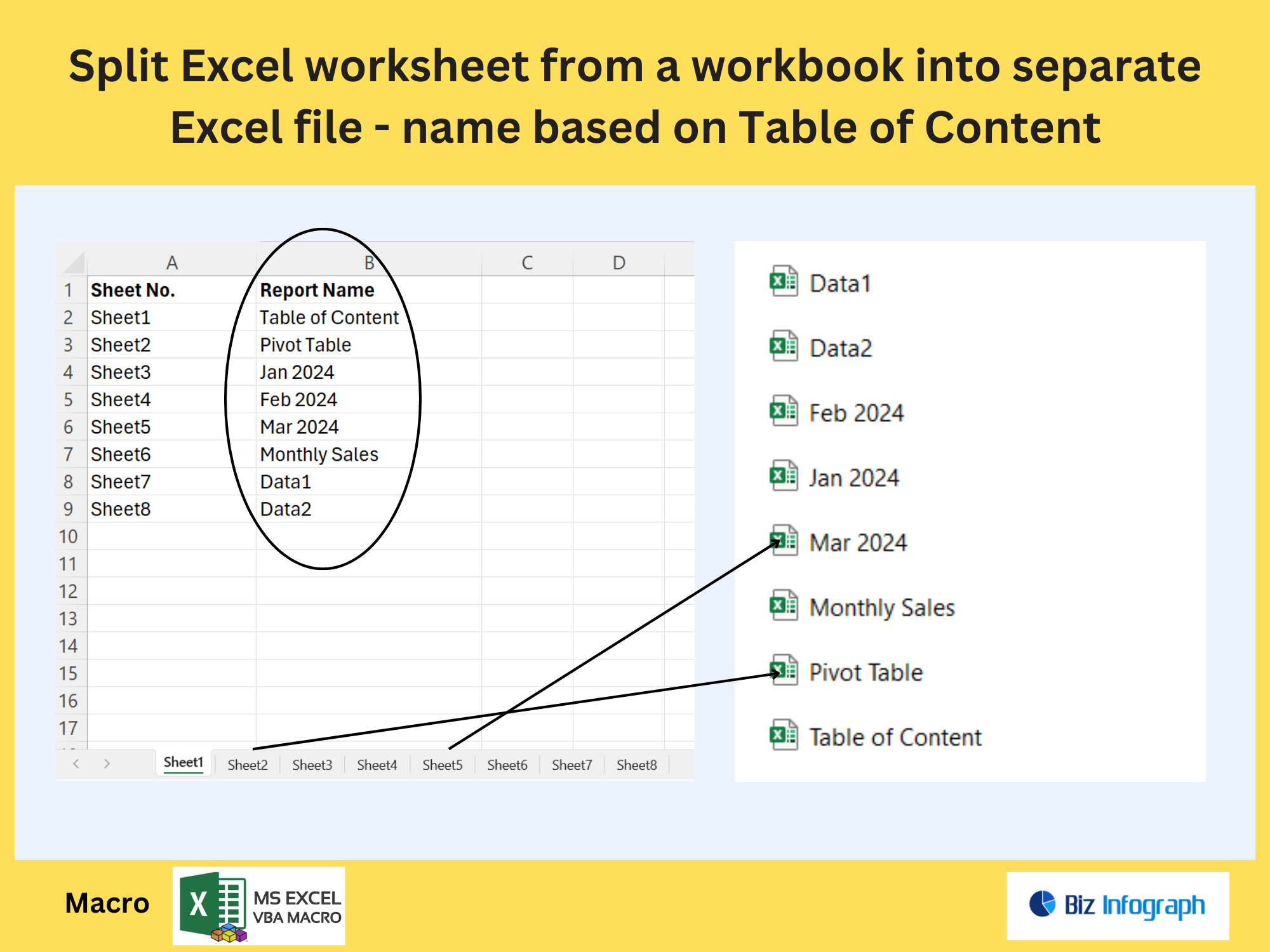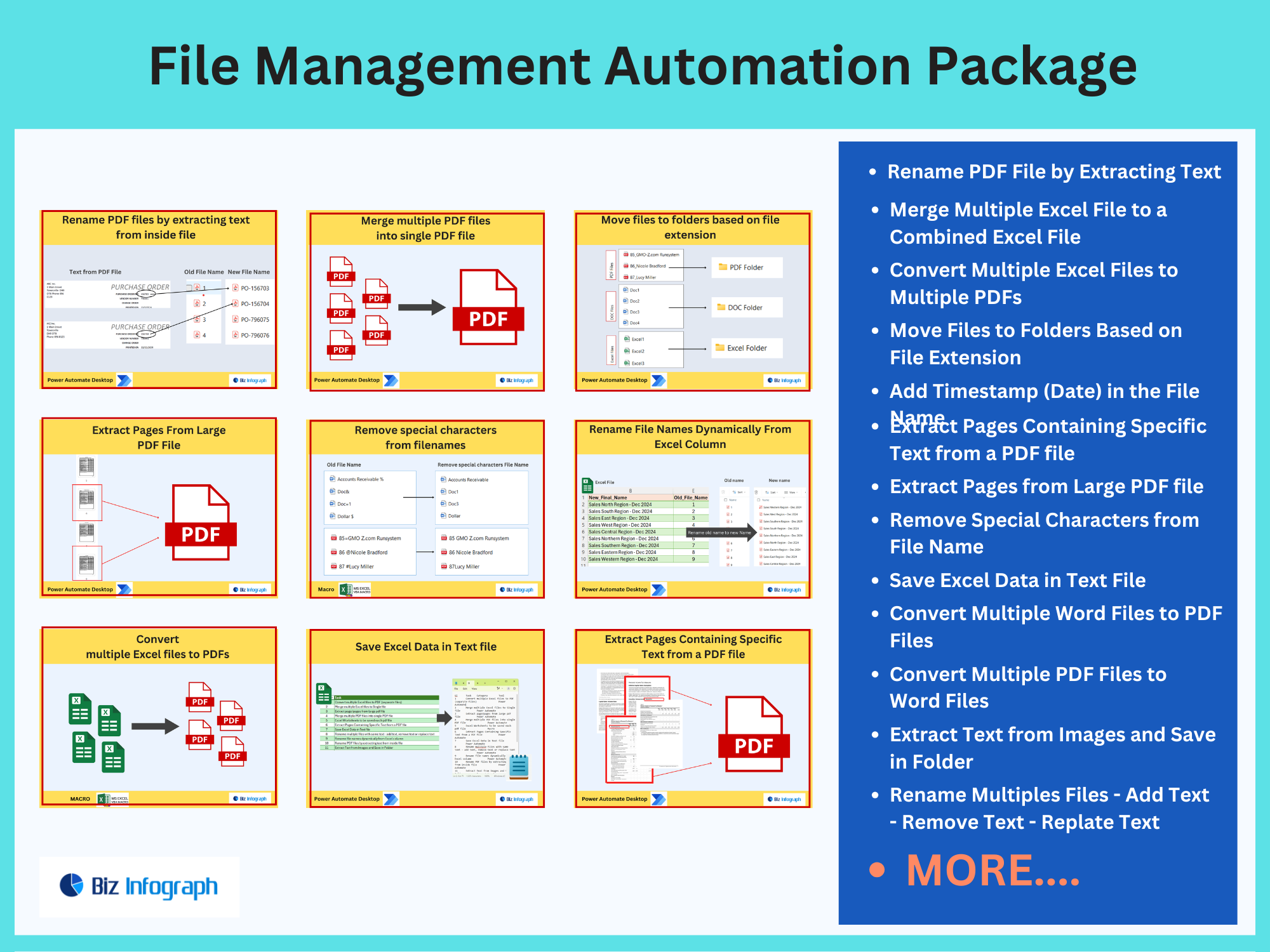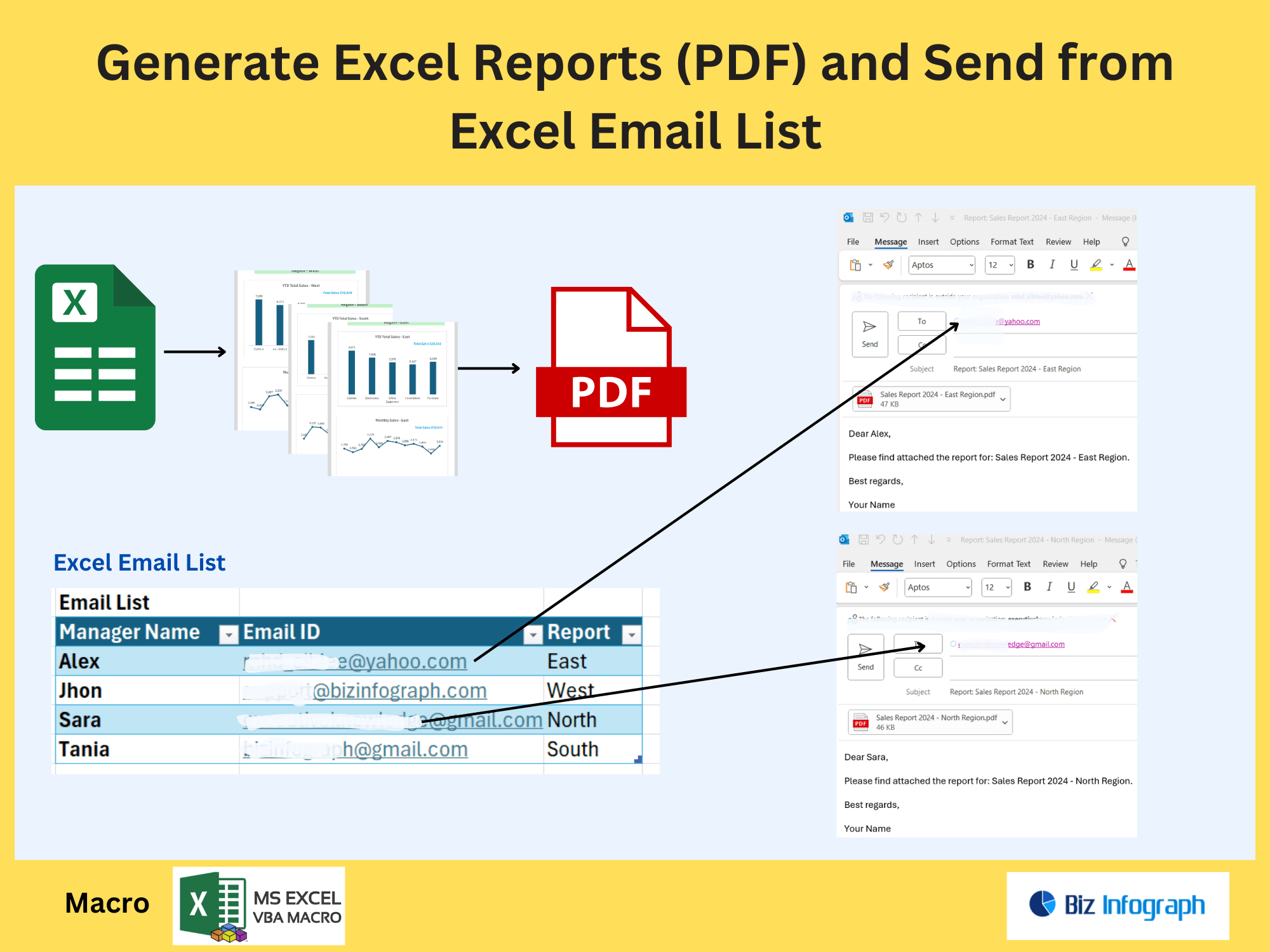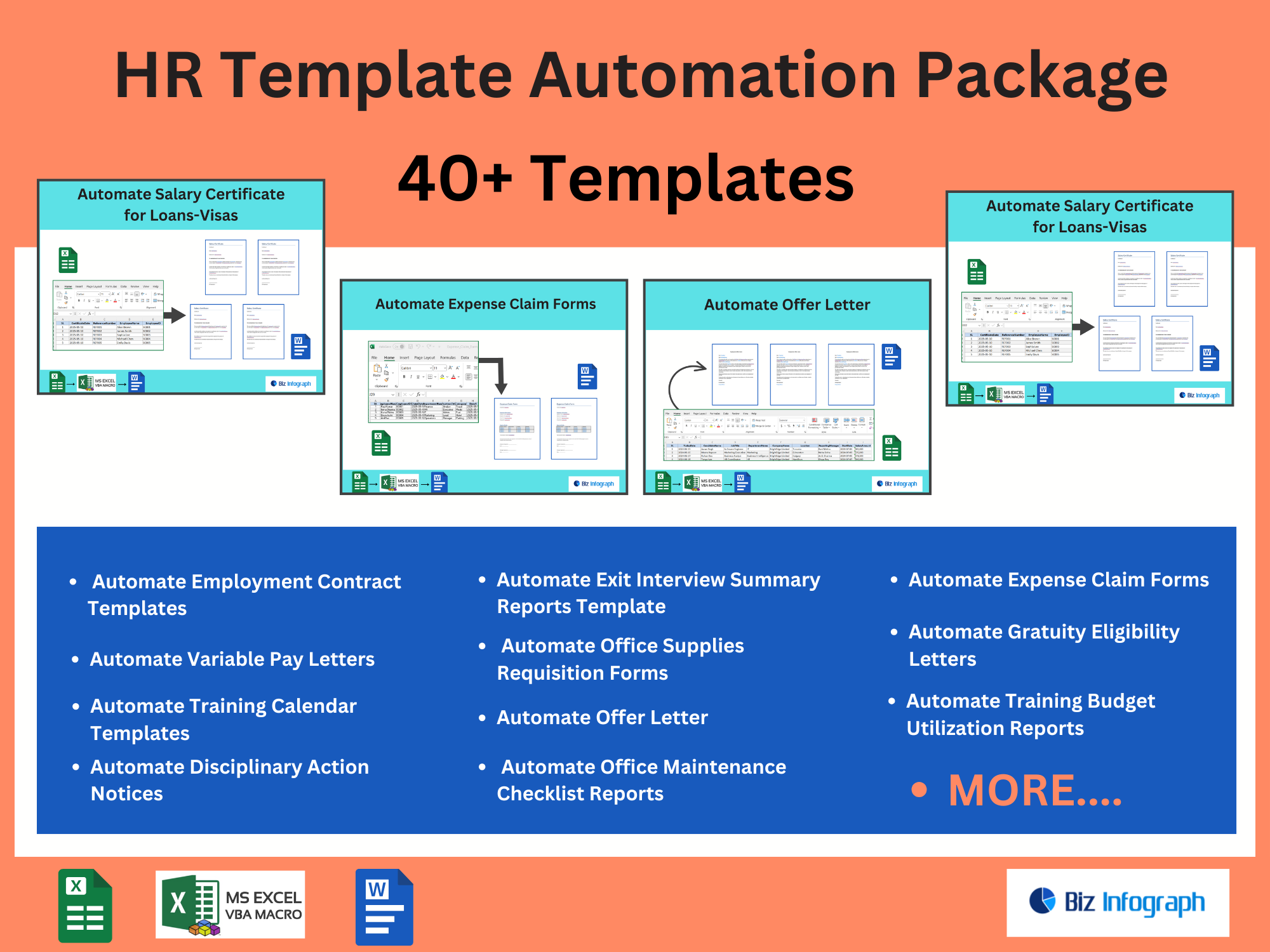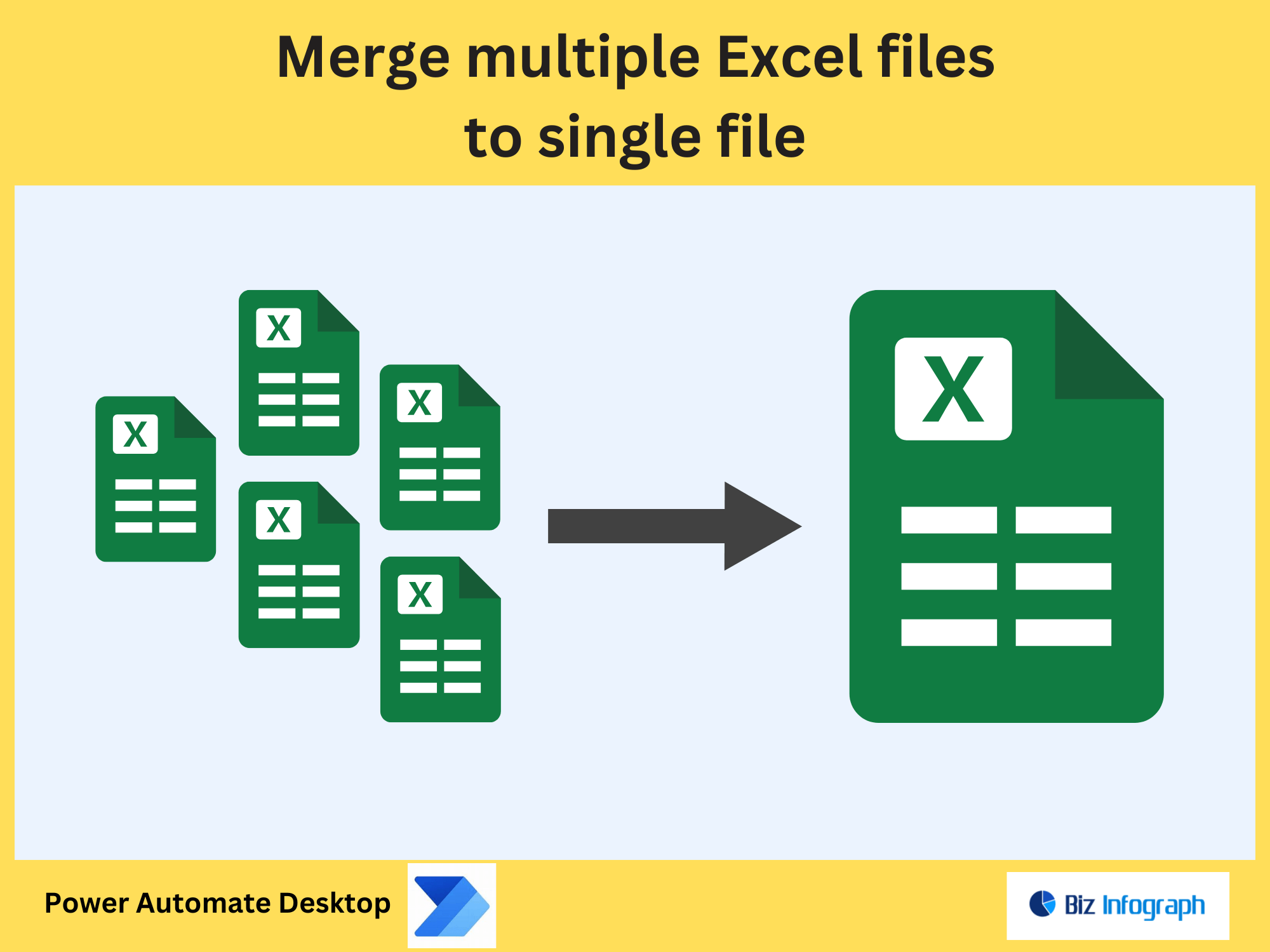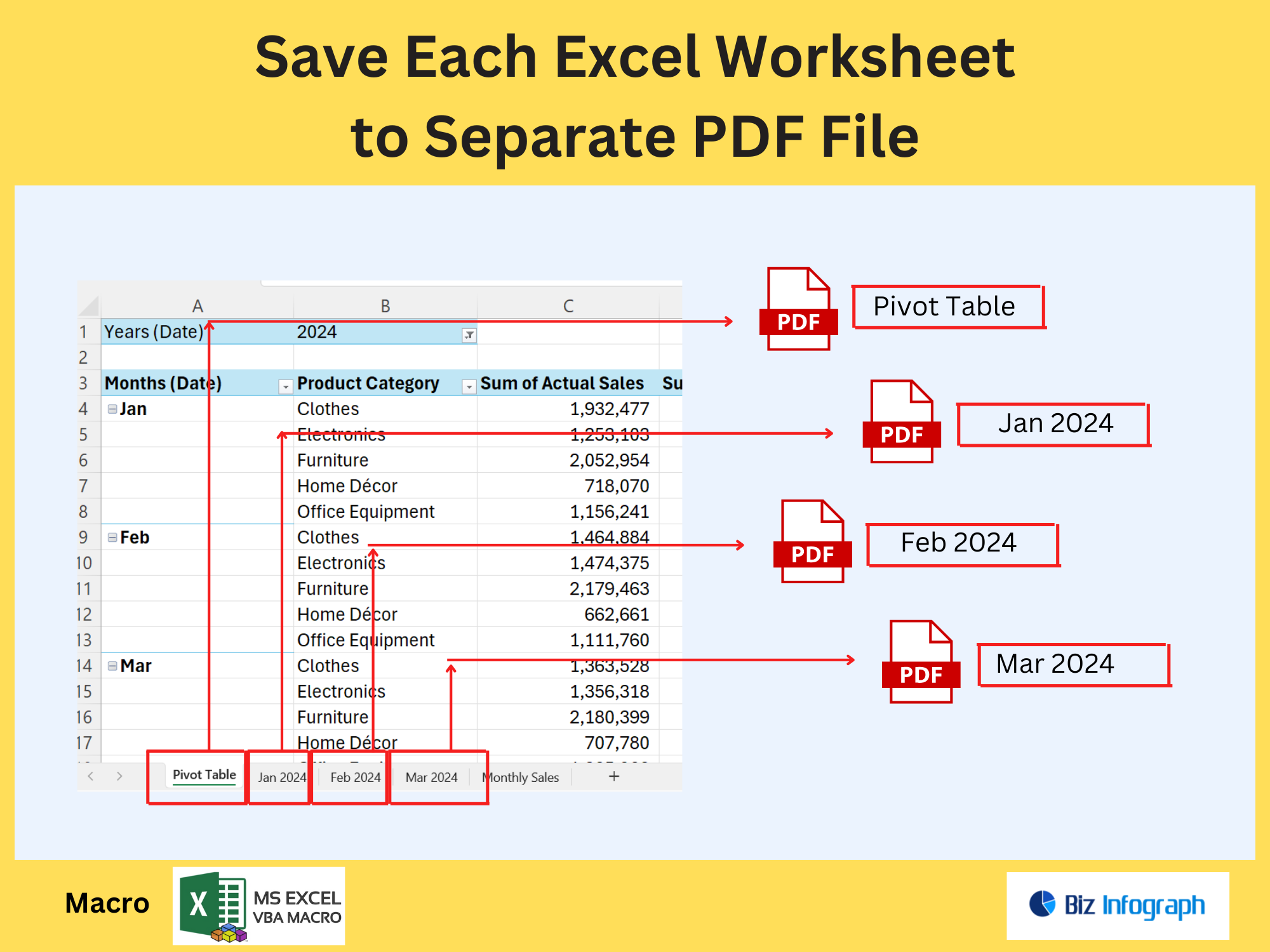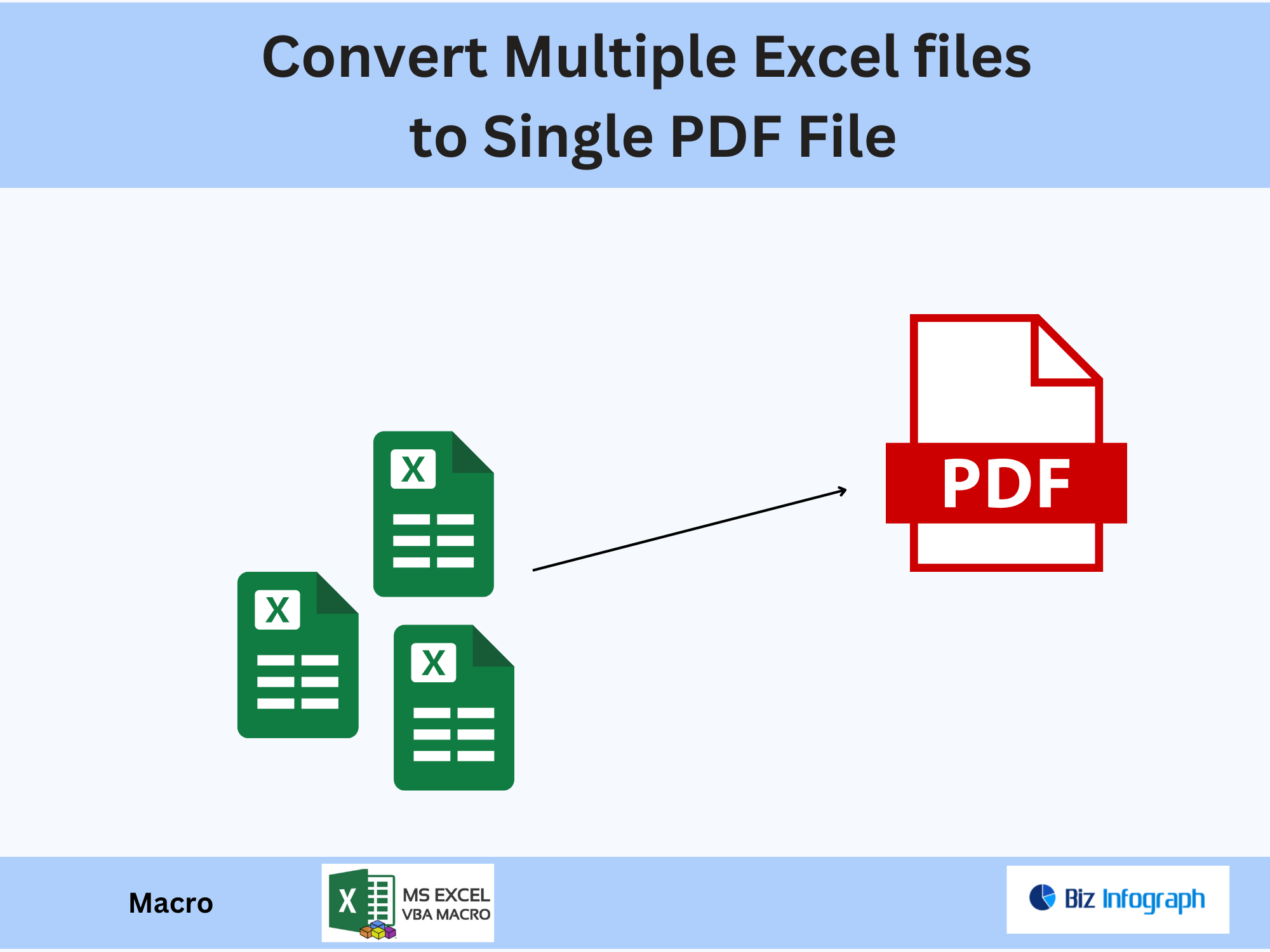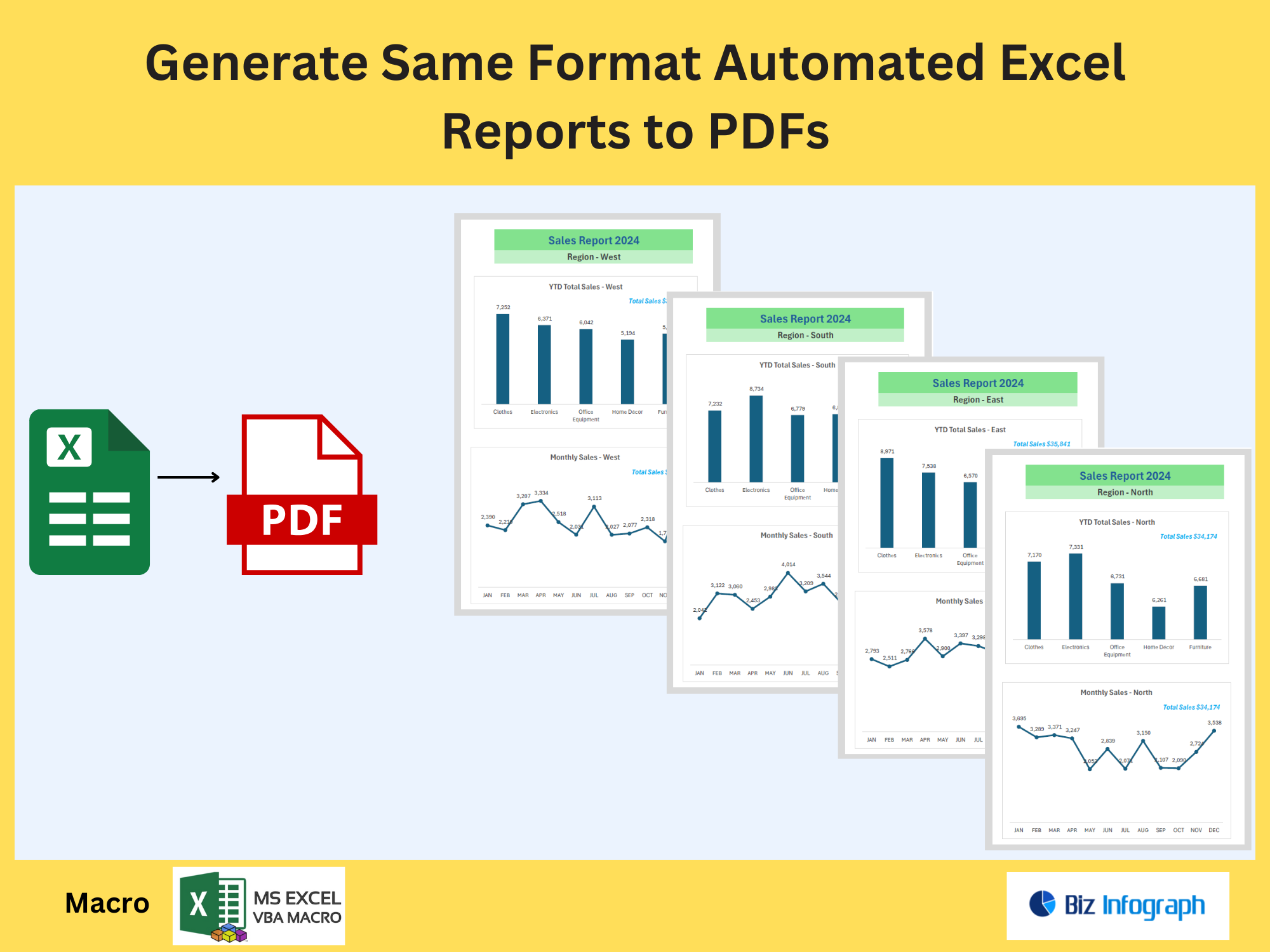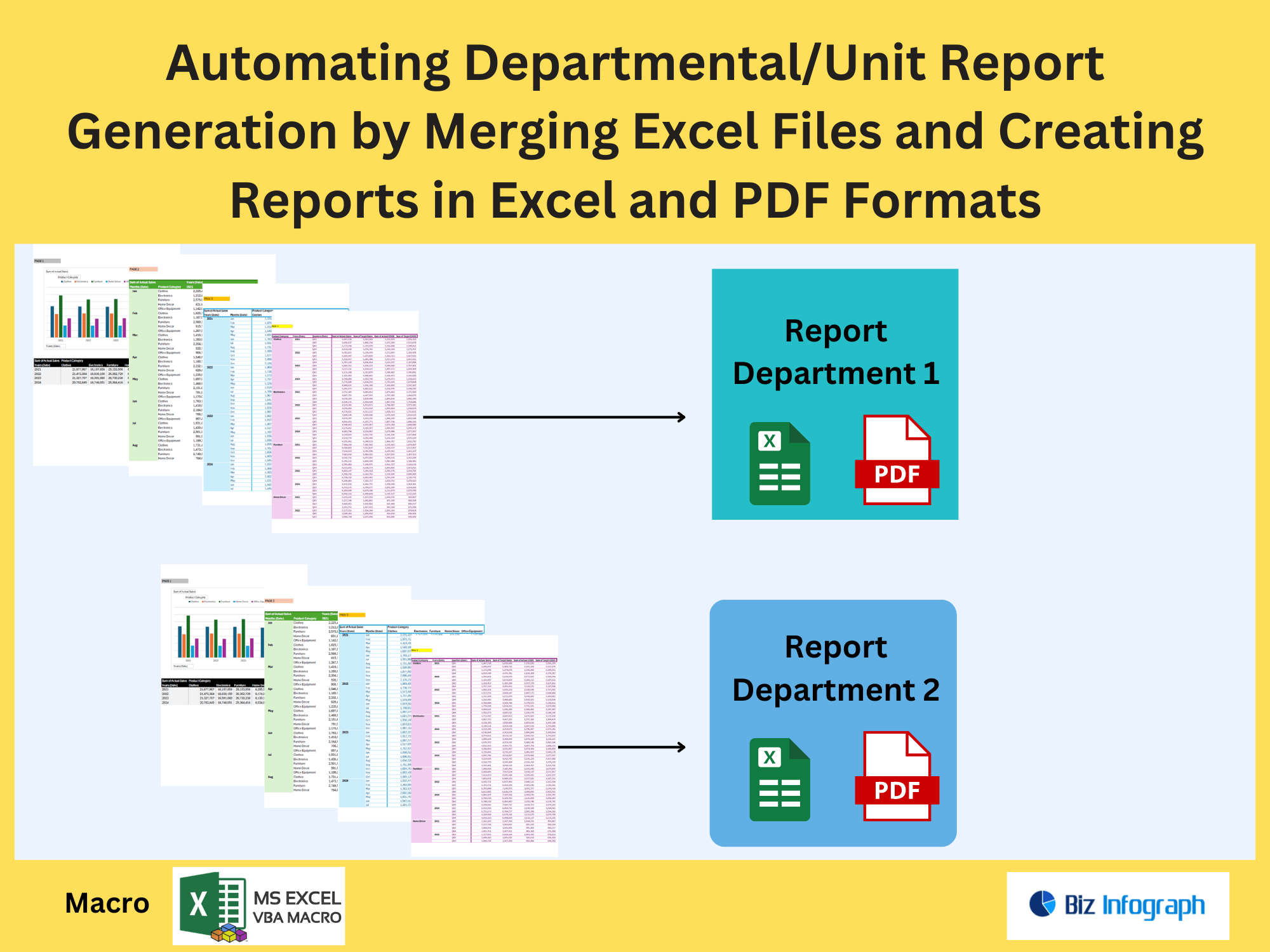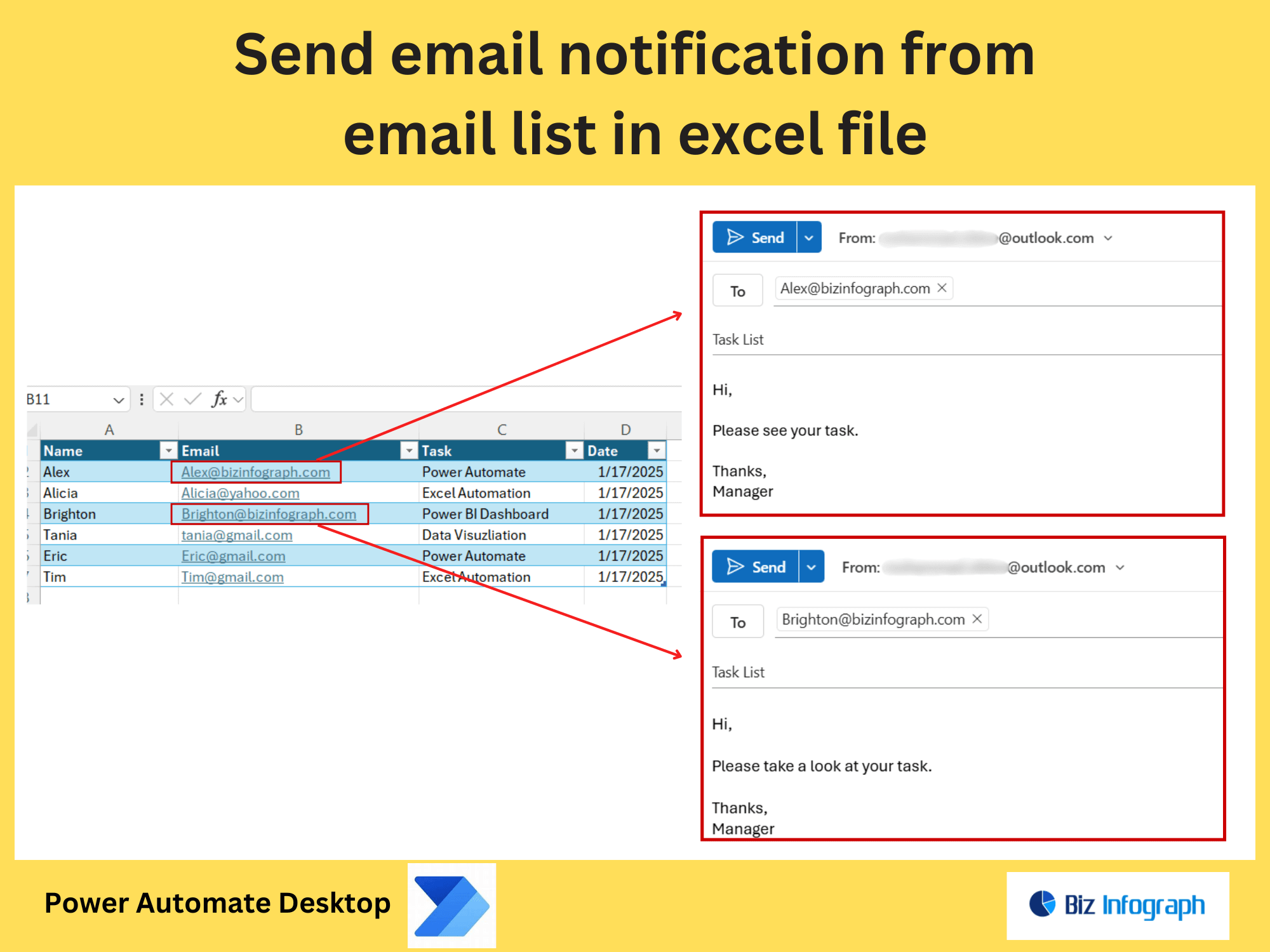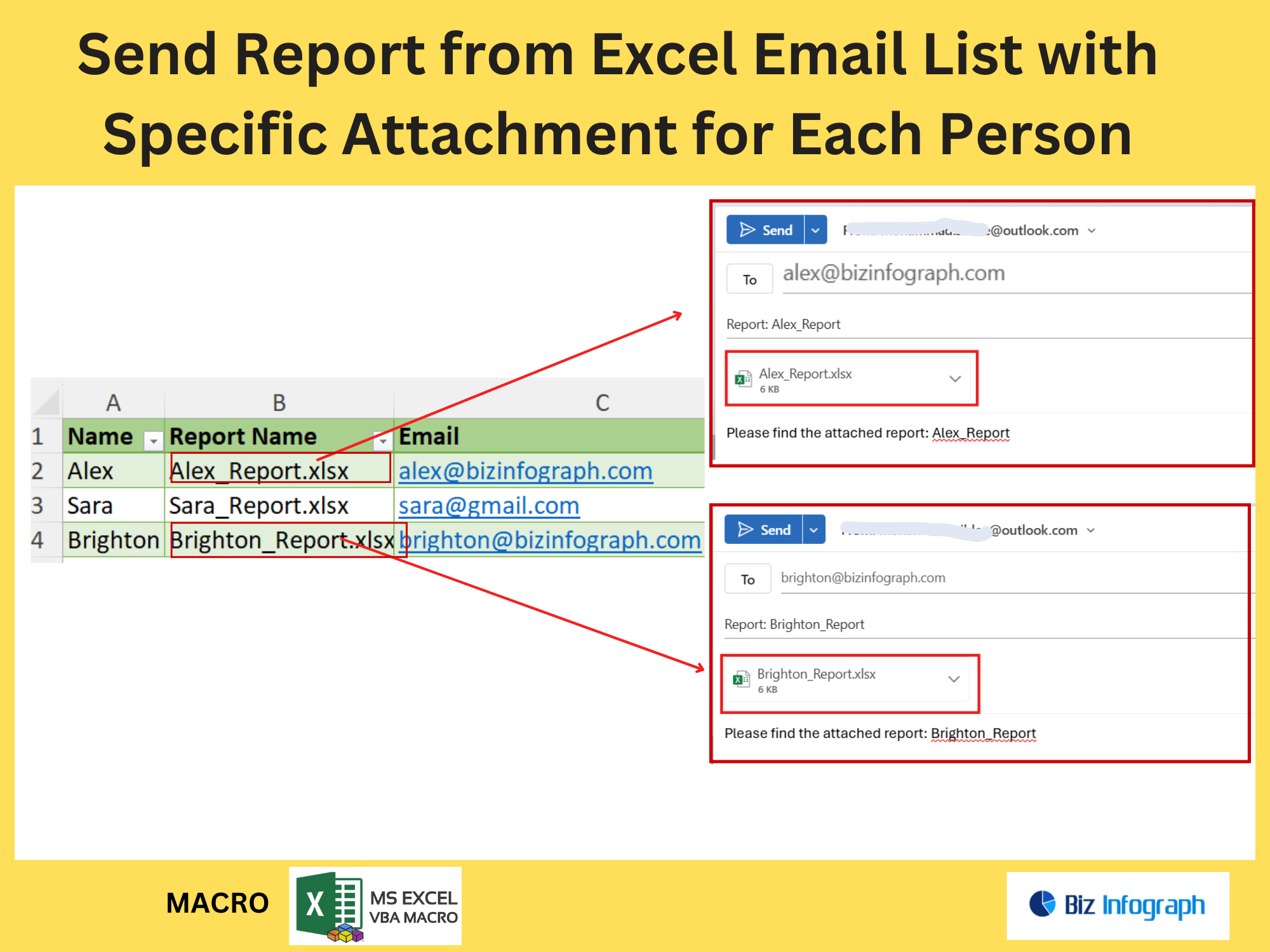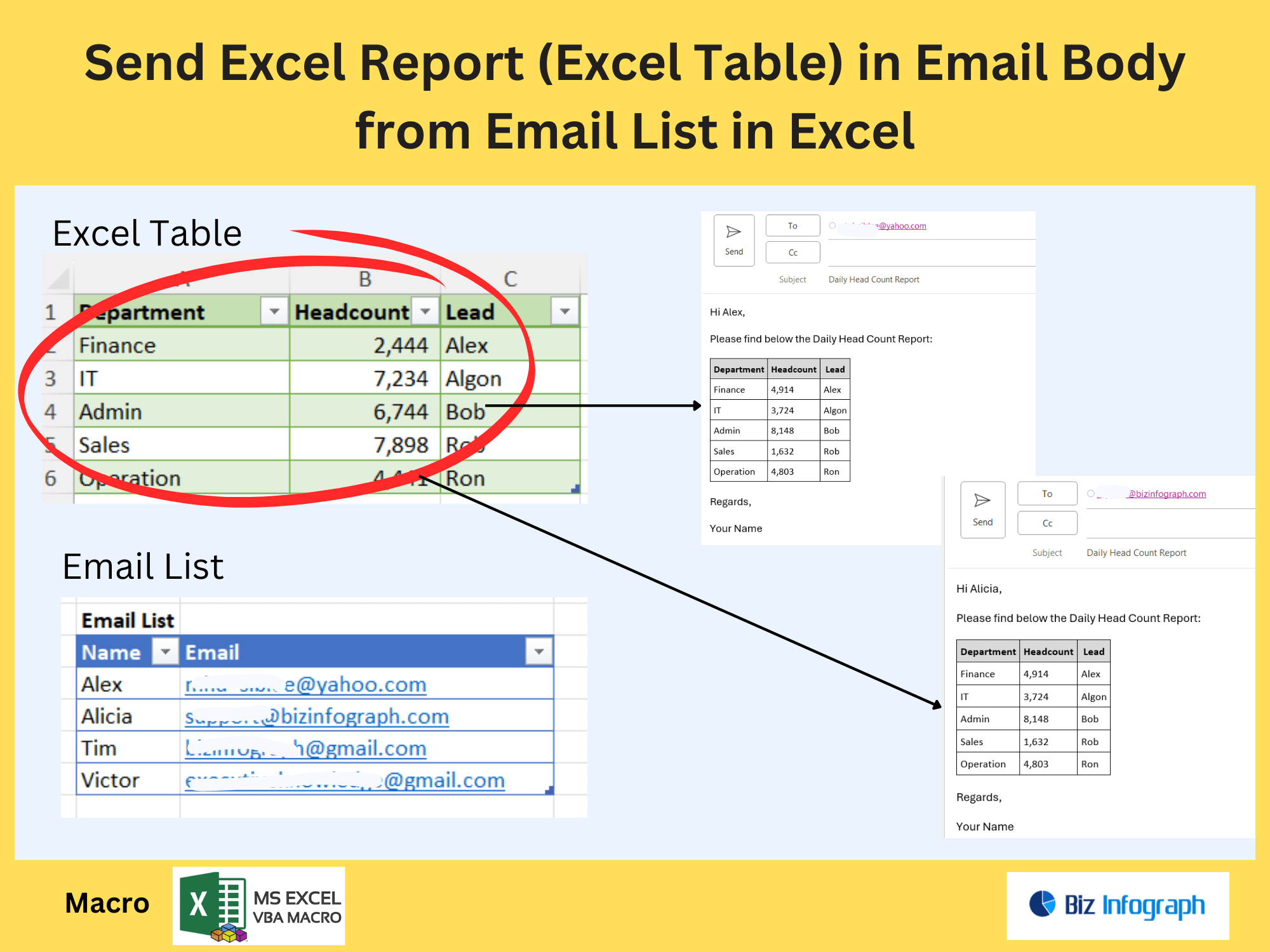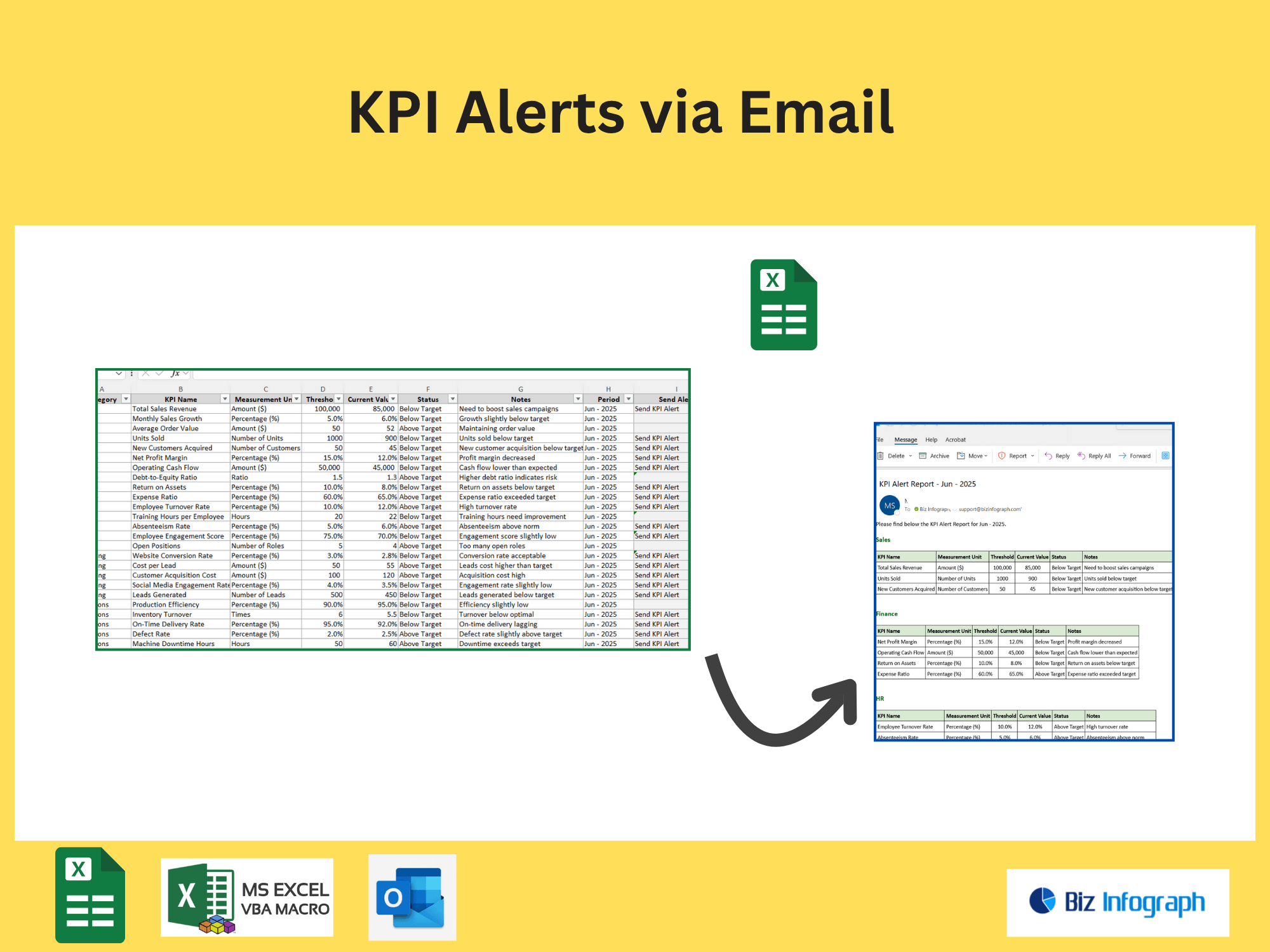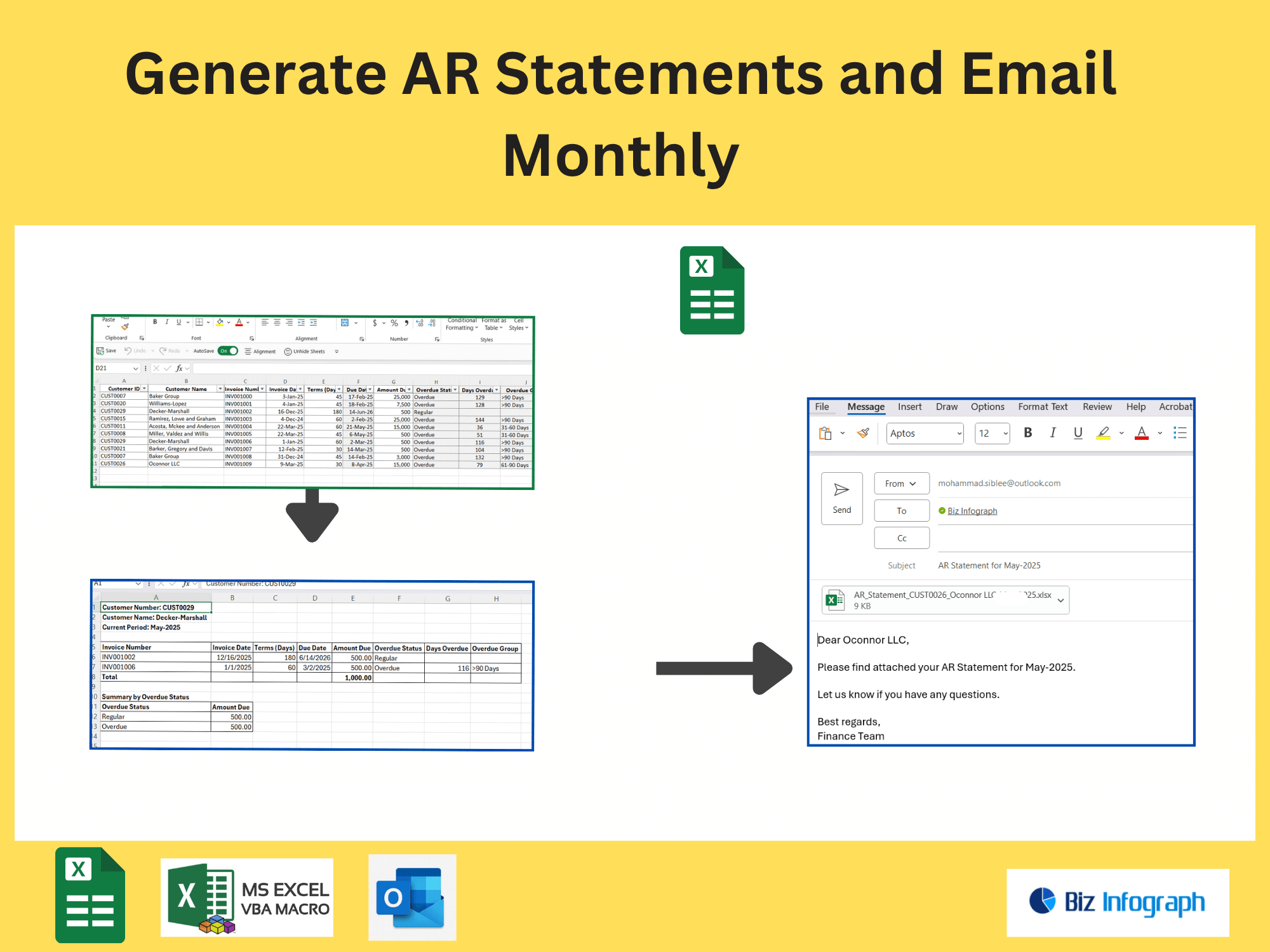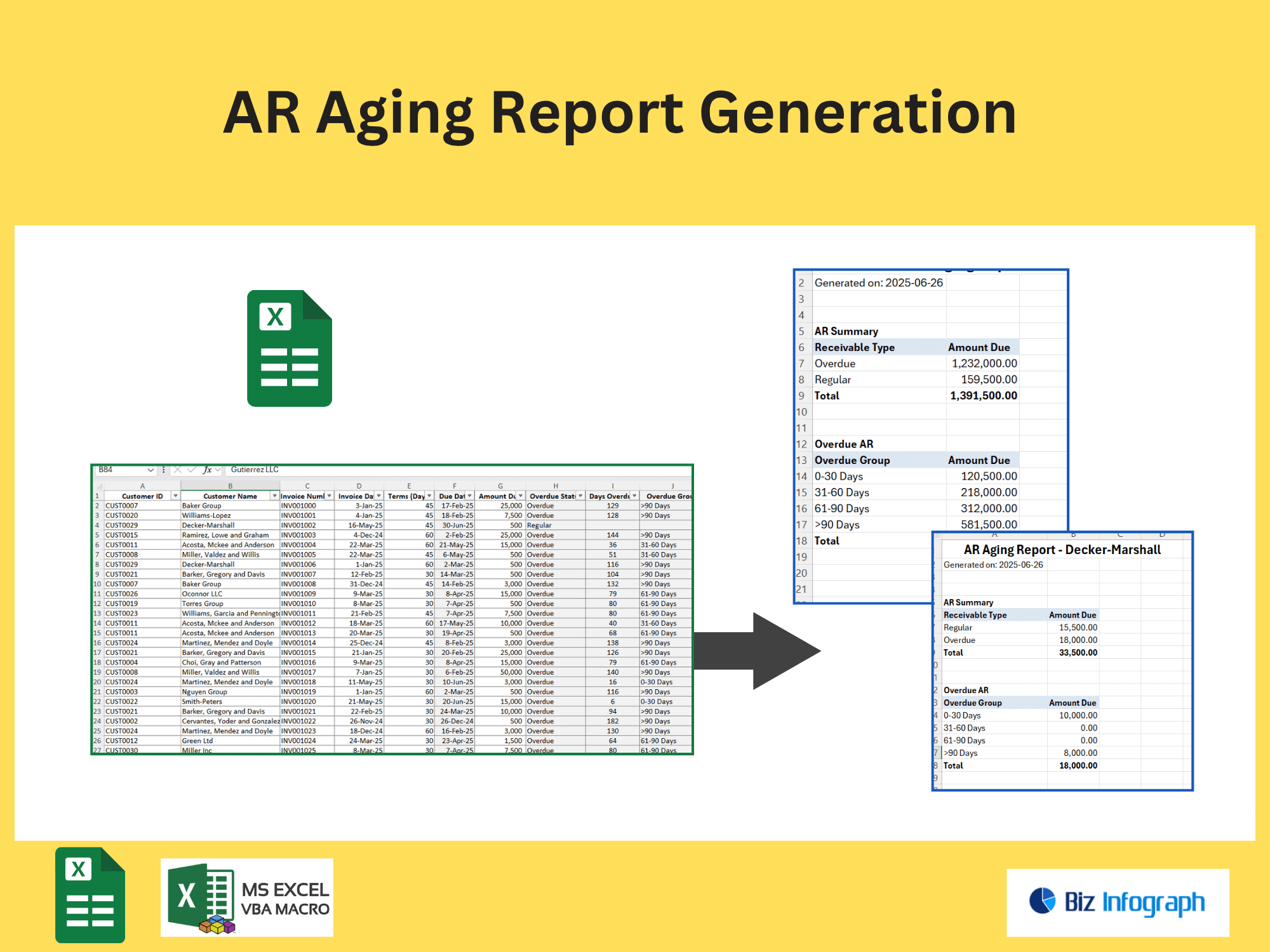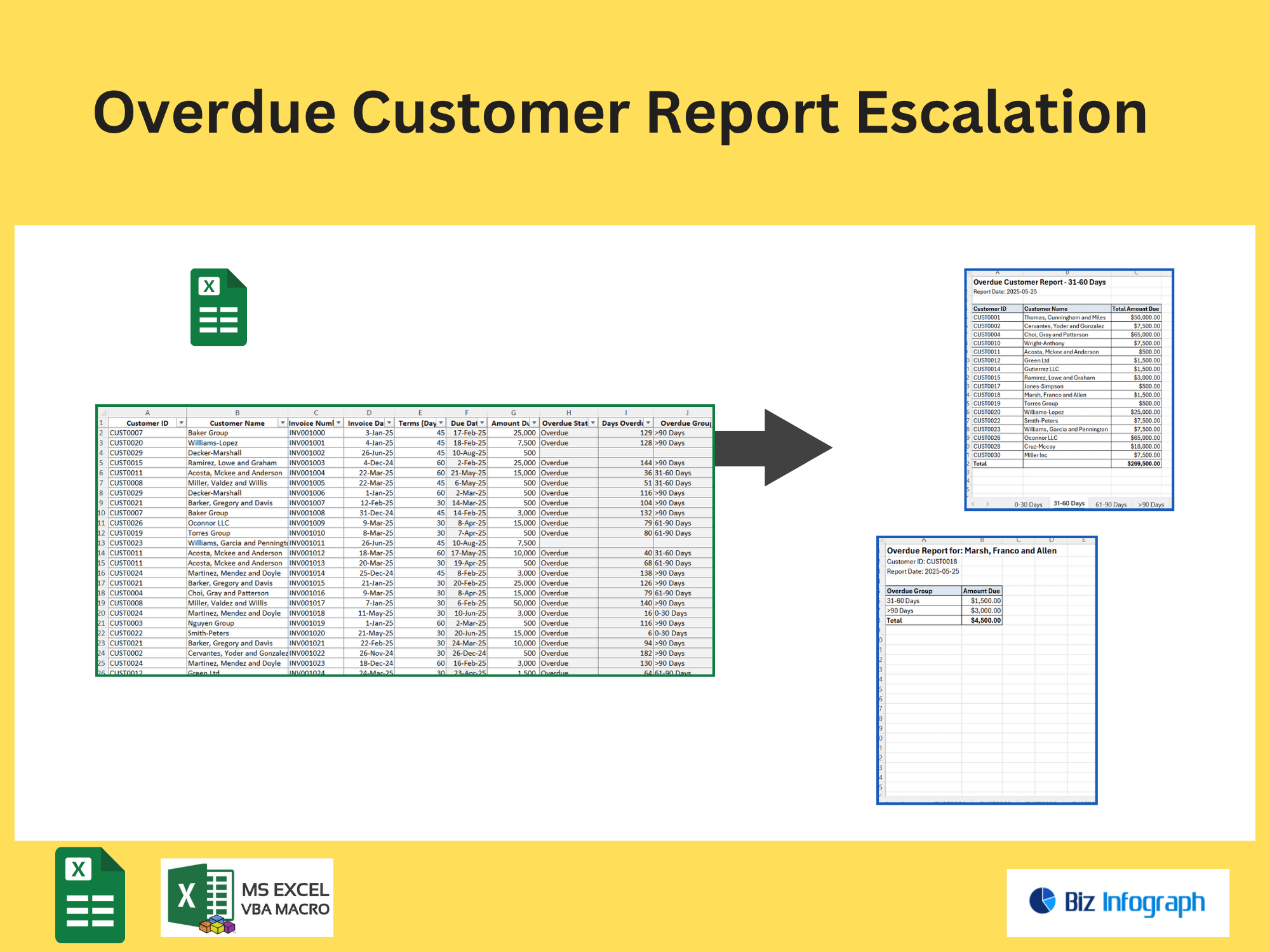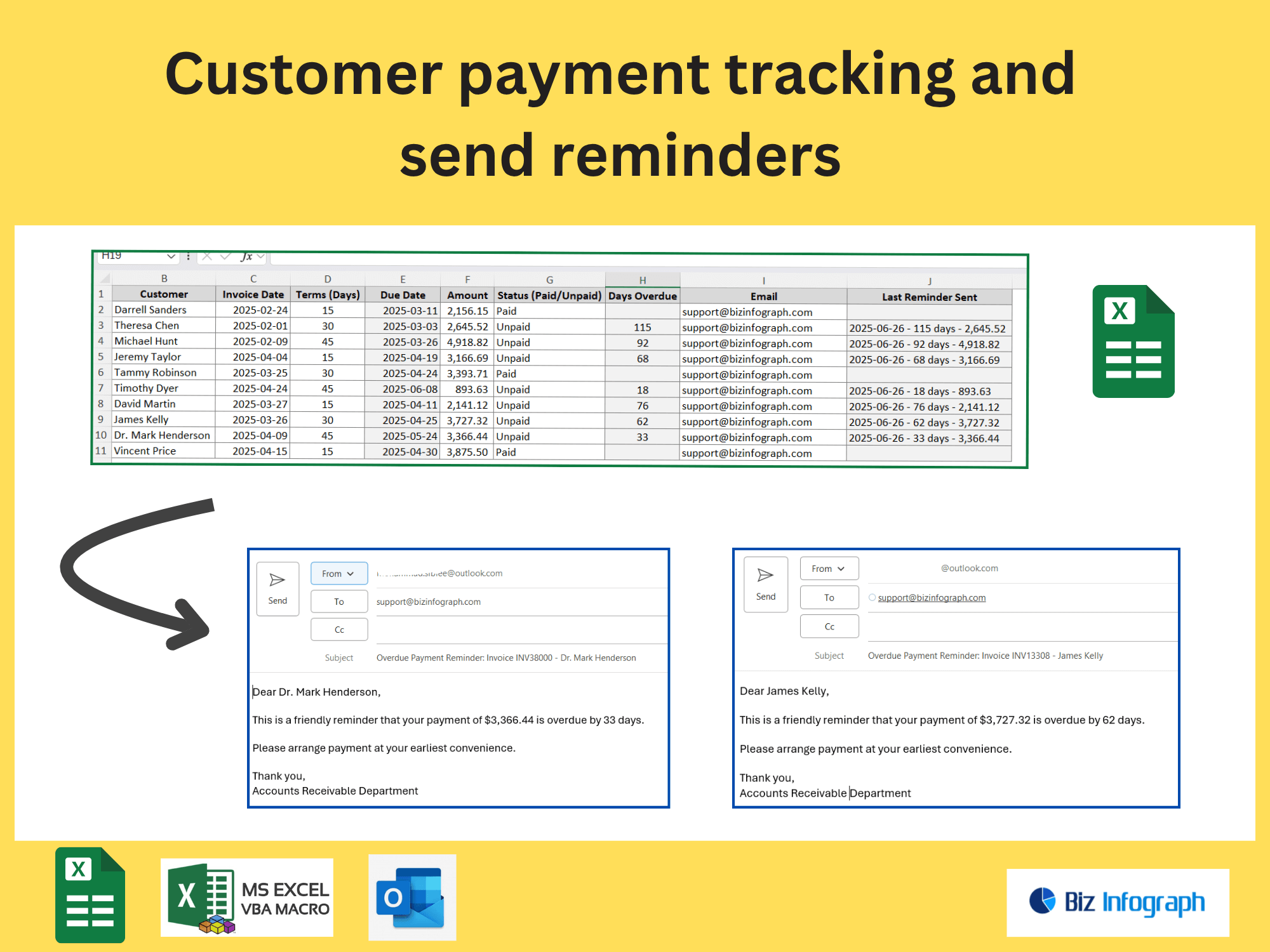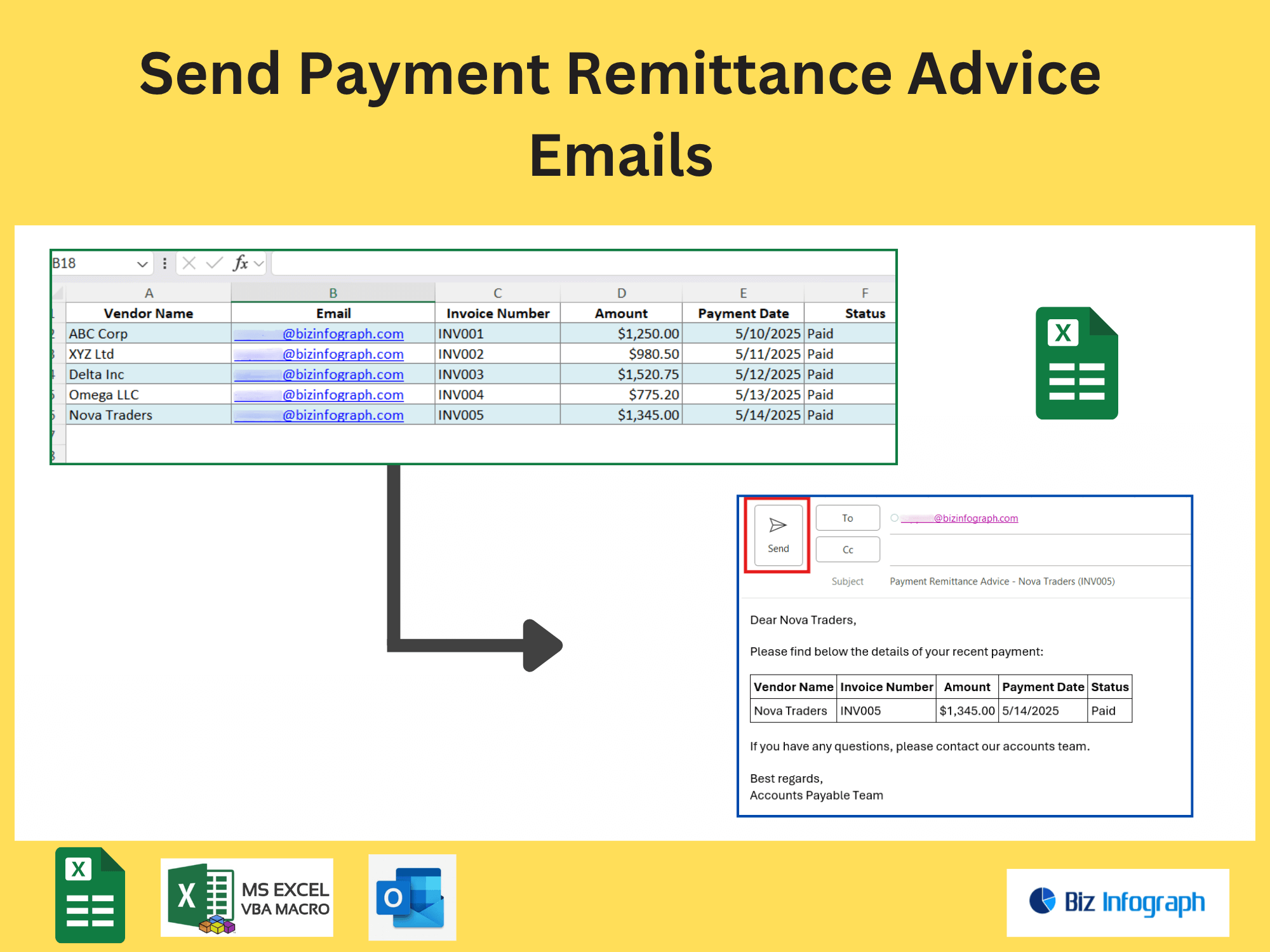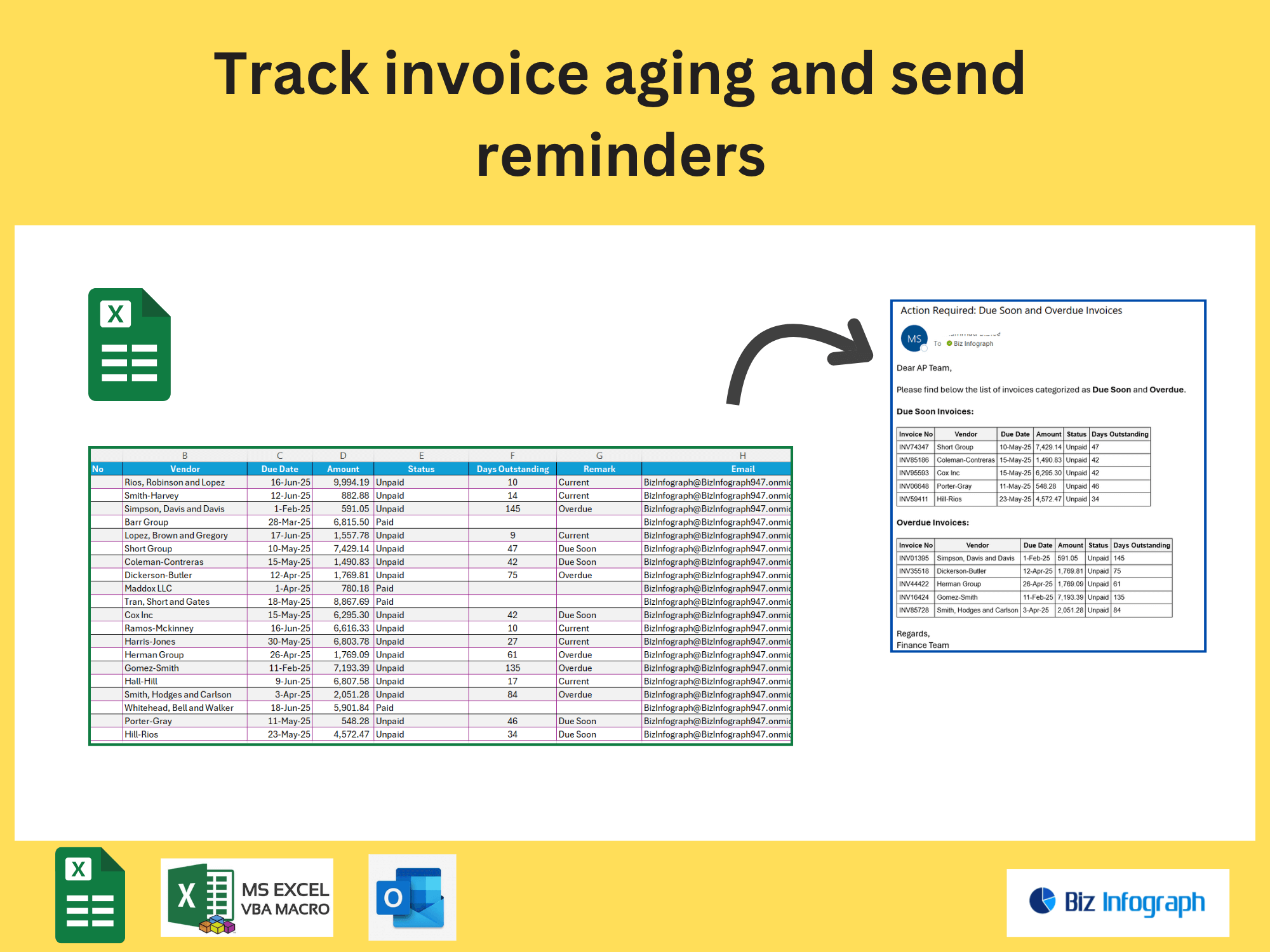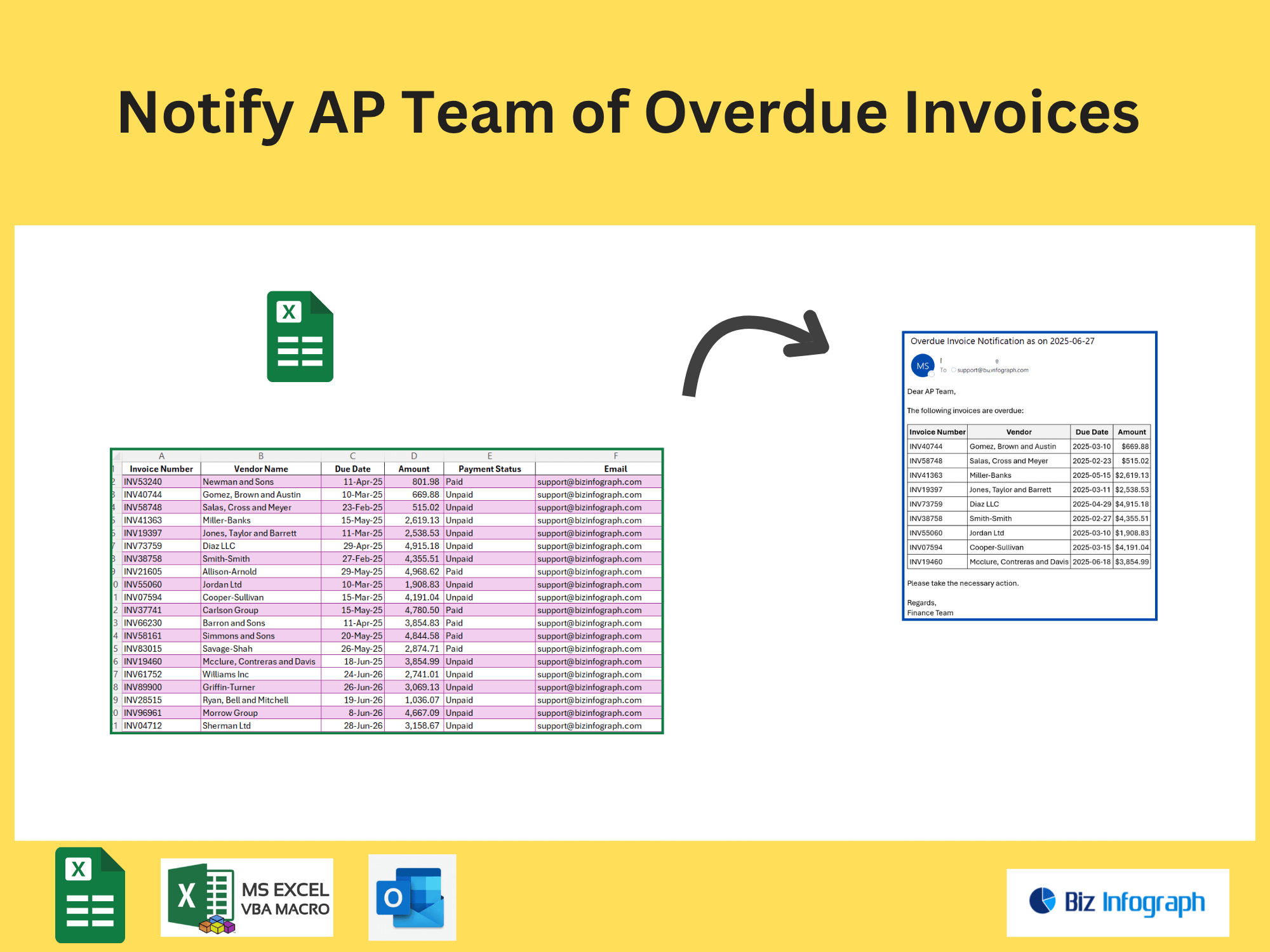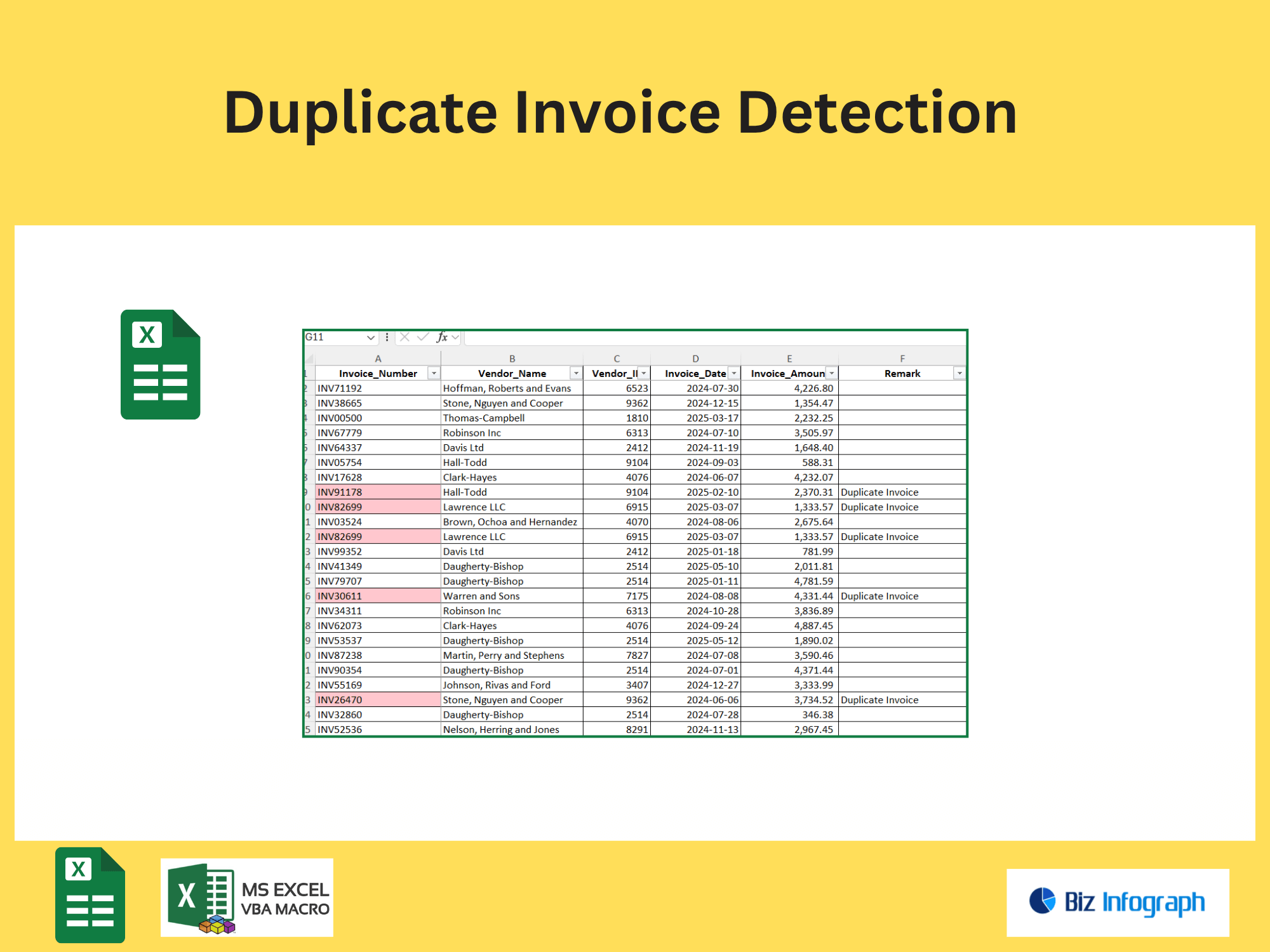Excel File - Name Based on Table of Content by Power Automate
Why Split Excel Worksheets into Separate Files?
Challenges of Managing Large Excel Workbooks
Managing a large Excel workbook with multiple worksheets (e.g., sales data across regions in a master file) leads to slow performance, version conflicts, and difficulty isolating distinct datasets. Manually splitting an Excel workbook into separate worksheets or new Excel files is time-consuming, especially when updates to the master file require re-splitting. For example, a dataset with thousands of rows in Column B (e.g., “Region”) becomes unwieldy, making it hard for a manager to analyze location-specific trends without bulk splitting.
Benefits of Automated Splitting and Naming
Automating the split of an Excel workbook into multiple worksheets based on a key column (e.g., “Account” in Column C) ensures consistency and saves hours. Power Automate dynamically creates new Excel files named after Column B values (e.g., “Sales_North.xlsx”), streamlining workflows. This tool eliminates manual errors, allows updates to propagate automatically, and simplifies collaboration—critical for teams handling sales reports or financial data.
How to Split Excel Worksheets Using Power Automate
Setting Up Power Automate for Worksheet Splitting
-
Choose a key column (e.g., “Product” in Column B) to base file names on.
-
Use Power Automate to split an Excel workbook by iterating through distinct values in the column.
-
Configure code-free actions to create new Excel files for each group (e.g., “Product_A.xlsx”).
-
Upload original content from SharePoint or OneDrive and let the tool handle the bulk splitting.
Using Table of Contents for Dynamic File Naming
Leverage a table of contents worksheet in the master file to define naming rules. For instance, map Column C (“Account ID”) to filenames like “Account_123.xlsx”. Power Automate uses this function to auto-generate files, ensuring clarity. If the dataset changes, the flow updates filenames dynamically, maintaining alignment with the source data.
Step-by-Step Guide to Split and Name Files
Extracting Worksheets and Applying Naming Conventions
-
Split an Excel workbook by filtering rows based on Column B values (e.g., “Region: North”).
-
Create new Excel files with names derived from the key column (e.g., “North_Sales.xlsx”).
-
Add comments in the transcript to flag errors, like missing values in Column C.
-
Save outputs to a location (e.g., SharePoint folder) for easy access.
Validating and Updating Split Files
After splitting, validate files using the transcript to ensure all distinct values (e.g., “Product A,” “Product B”) have corresponding Excel files. If the master file is updated, rerun the flow to refresh outputs. Use helpful resources like forum guides to troubleshoot issues like mismatched cell formats or broken links.
Additional Resources and Troubleshooting
Helpful Tutorials and Community Support
Learn how to split an Excel workbook via World on YouTube tutorials (e.g., “Split Excel Files in 5 Minutes”). Join forum discussions to find answers to niche issues, like handling merged cells or automating email notifications post-split. For complex tasks, explore code-based solutions or prebuilt tools shared by the community.
Addressing Common Errors
Fix issues like missing key column values or permission errors by reviewing the transcript, applying forum-recommended fixes, and updating workflows. Use helpful resources like Microsoft guides to resolve formatting mismatches. Office Script automates Excel workflows, enhancing productivity through streamlined data processing and report generation.
For ready-to-use Dashboard Templates:
- Financial Dashboards
- Sales Dashboards
- HR Dashboards
- Data Visualization Charts
- Power BI - Biz Infograph
USD 6.99
Get Access Now